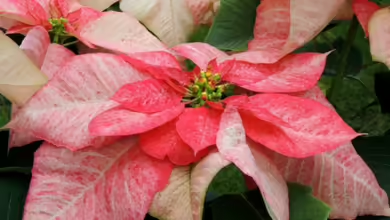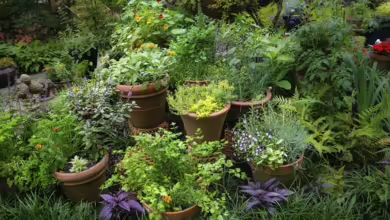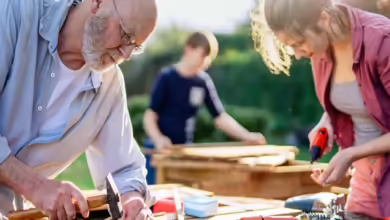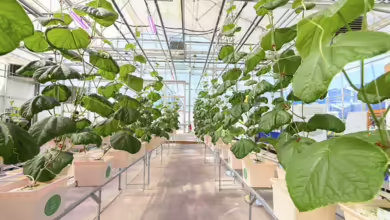Create an Urban Oasis Garden in Your Yard

Every day, we fill our lives with joy and wonder. The source of this daily infusion surrounds our home. We need only look out a window or, better yet, step out into our yard and experience the awe around us.
What makes our space a source of fulfillment? It is our connection with nature. The ever-changing colors, patterns, textures, and creatures that delight us through the seasons are a gift that keeps giving.
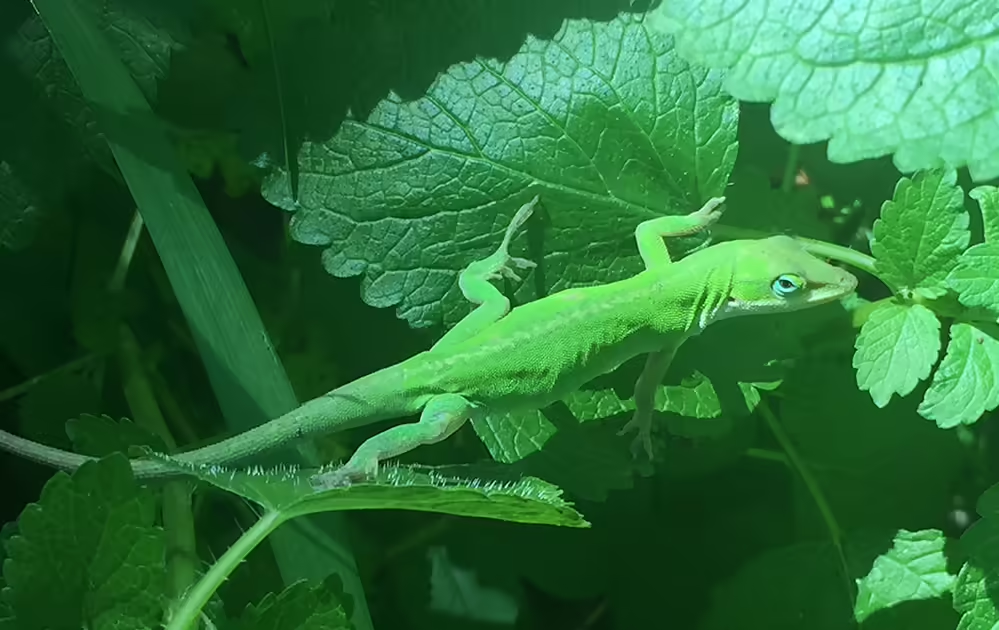
A magical place of colors, textures, and little creatures
In 2020, we trained to become North Texas Master Naturalists. During our education, we learned about Doug Tallamy’s book, “Nature’s Best Hope: A New Approach to Conservation that Starts in Your Yard.” It introduced us to the idea of being a steward of our property and creating a biodiverse space, much like a national park. His writings spoke to us as they helped to define and give direction to something we were already doing in our yard: adding more native plants.
What started as a small, landscaped bed in 2007 has grown to incorporate the entire front yard with plants and pathways. As we wander the property, we enjoy the seasonal blooms and are charmed by lizards, spiders, the occasional small snake, a bunny family, and numerous birds.
In the spring, bumblebees, carpenter bees, honeybees, and various butterflies and moths emerge from hibernation. In the summer, we have dragonflies, damselflies, and fireflies.
It’s a magical place, especially when the Monarch comes through for the fall migration.
A park is at its best when it includes people. To our delight, our neighbors have embraced our yard as a destination. They regularly wander the paths, finding a connection to nature with every visit.

Home-Grown National Park
Sometimes, we, as a people, don’t have access or can’t make it to a national or state park. By committing to taking out a bit of turf and bringing in some native plants, we provide a habitat for creatures to raise their young and eat, drink, and be merry. Nature will be outside the door, and the park will get closer and more extensive.
People often ask how much time and water it takes to keep up our garden. Our reply is, “Less than it took to take care of the lawn.”
Sure, the initial transition took time and energy. Taking out the turf, turning the soil, adding compost, turning again, then placing the plants, watering, and finishing with mulch.
Once the plants are established, we let them live off the water Mother Nature provides. If things get super crispy in August, we hand water when needed.
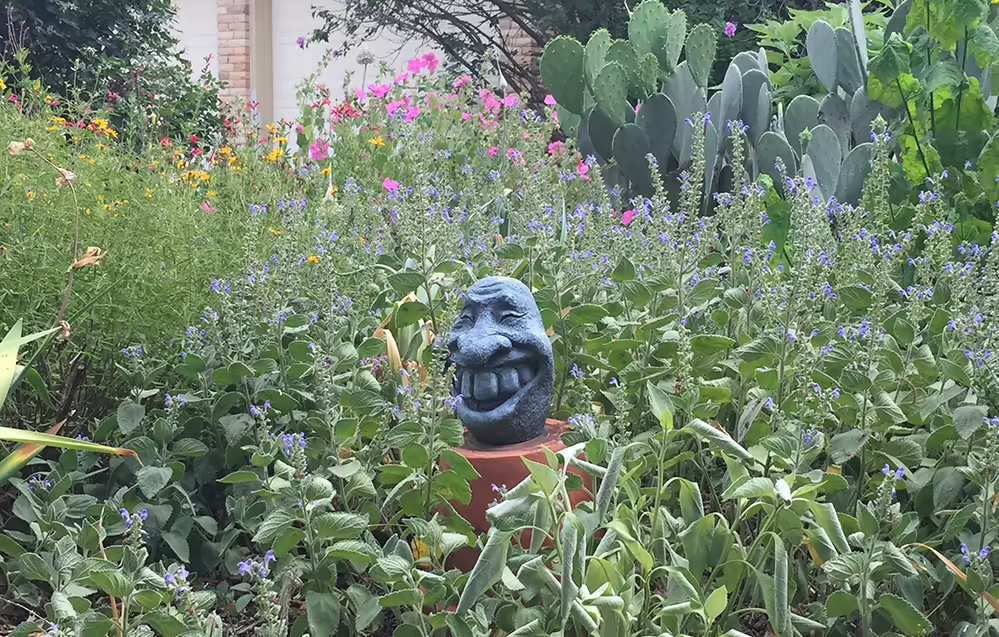
Gardening as art
A master gardener friend once said, “Gardening is like slow performance art.” We plant our gardens and then wait as the plants establish roots for the first year. The following year, they start to grow up to the top, and by the third year, they are super happy and thriving. We
all get to watch as creatures make their way into the landscape and establish themselves on the property.
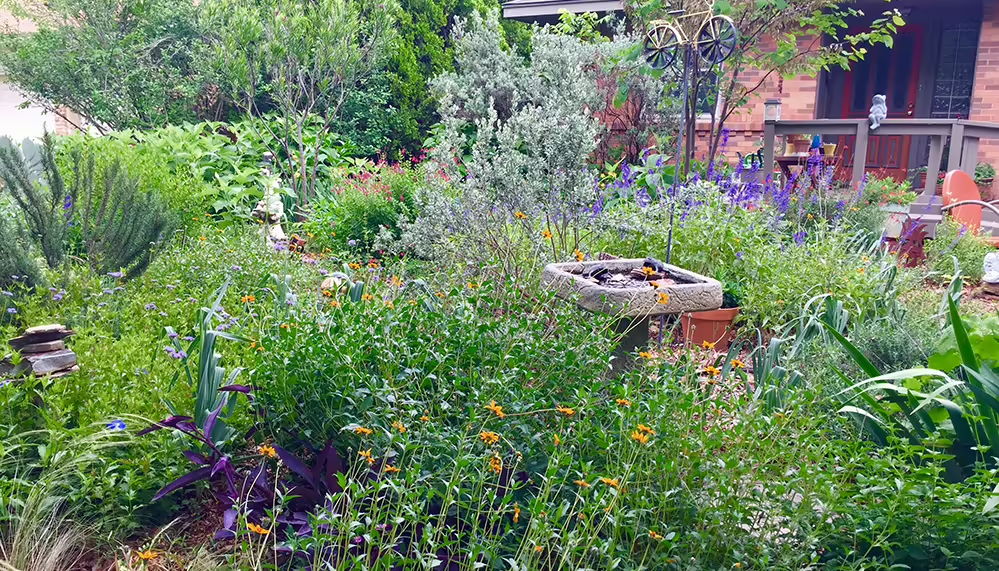
Gardening and the changing seasons
When winter comes, all the leaves and branches of the dormant plants remain on the soil, providing shelter for all the creatures to hibernate. Keeping the leaves in place is an important step, and while it may look untidy for some, we know that it is a critical part of being a steward.
When it starts to warm up in March, we cut back the branches and rake the leaves into the pathways. We mow the leaves to break them up and add them back into the beds. The branches stay on the property in well-placed brush piles that provide more habitat. The last maintenance is occasional mowing of the pathways and cutting back plants here and there.
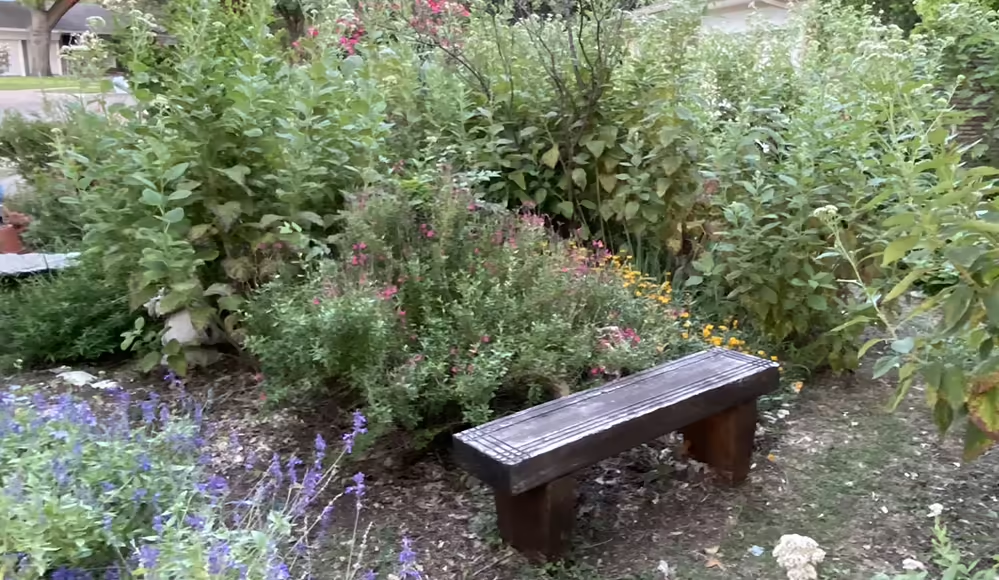
Your Gardens as a welcoming space
Each of us is a steward of our space. The best time to start this journey is now, in the fall, when planting is most favorable. Begin by exploring your property. Where could you remove some turf? You could expand an existing bed or create a pathway to a seating area, providing a destination to relax and immerse yourself in your surroundings.
Imagine your outdoor area as a continuation of your home. Science has shown that spending time in nature releases feel-good hormones and connects us to something bigger than ourselves. This process helps to reduce anxiety and depression. Another bonus is the connection with neighbors, which builds relationships and strengthens our community.
Become a part of the Home-Grown National Park journey. You don’t have to do everything at once. Start small and grow from there.
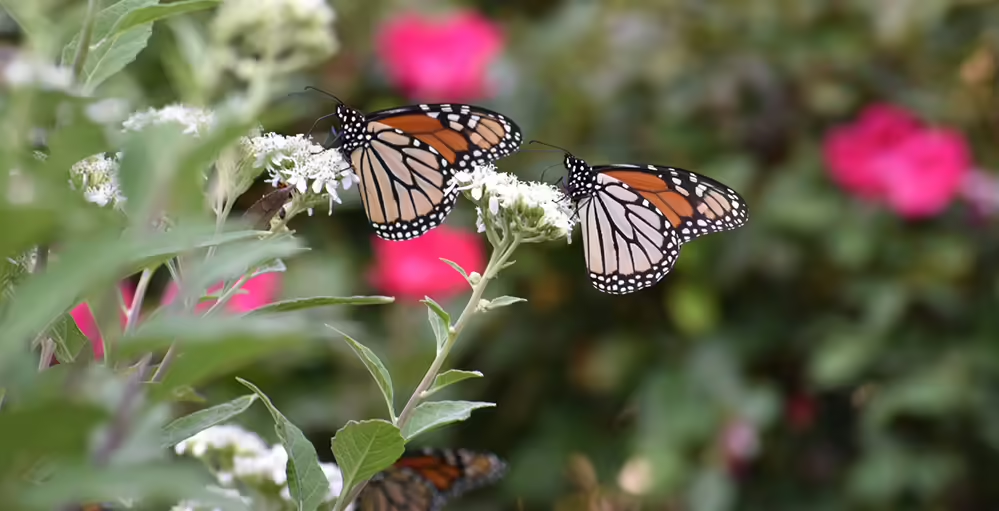
Check out our top 12 favorite native plants for north Texas. All are water-wise and wildlife-friendly.
- Flame Acanthus
- Frogfruit
- Frostweed
- Horseherb
- Inland Sea Oats
- Little Blue Stem
- Red Yucca
- Salvia Greggii
- Texas Columbine
- Texas Sage
- Thornless Prickly Pear
- Turk’s cap


